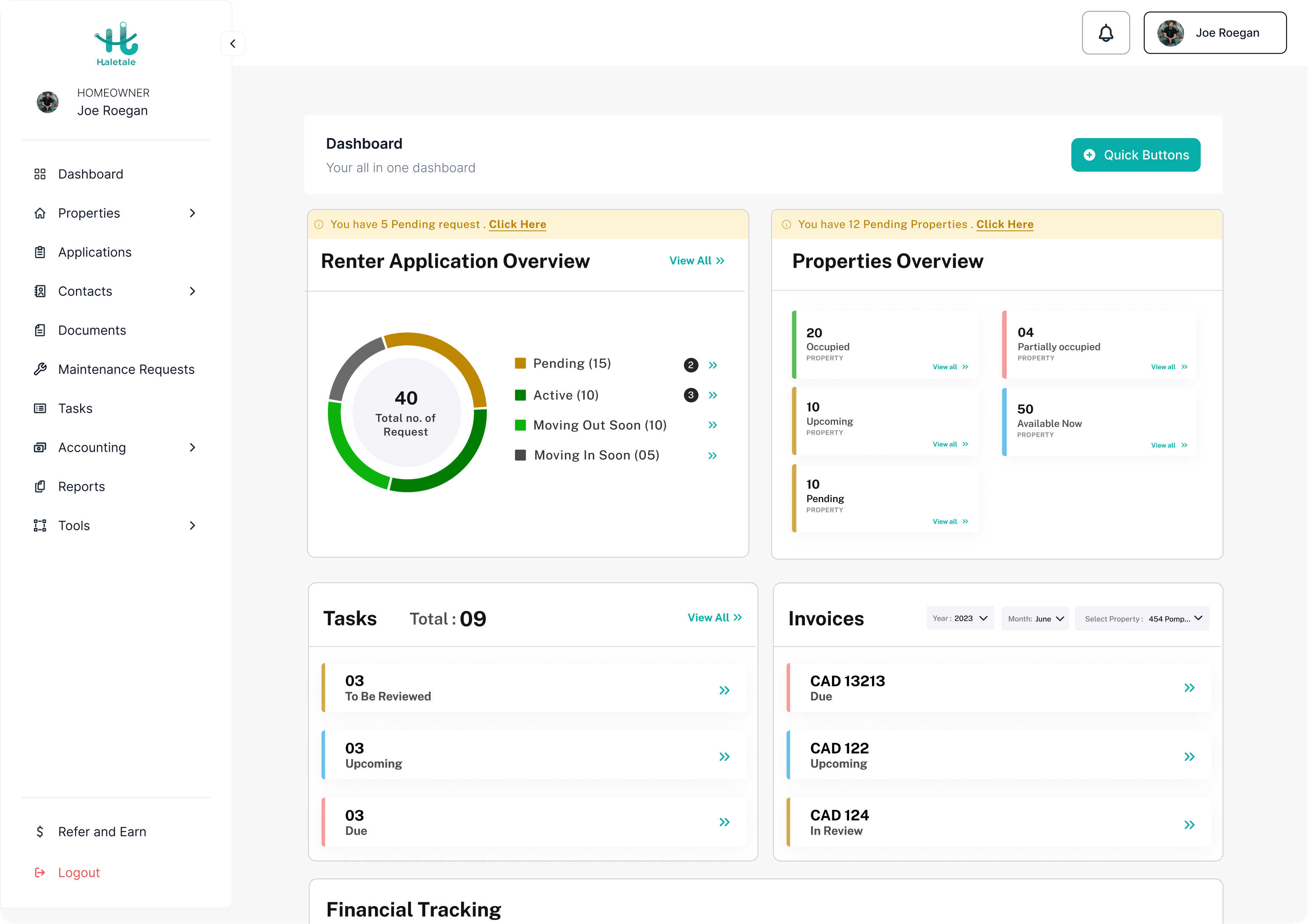The real estate market is a very dynamic space that is influenced by numerous factors that impact price, availability and investment potential. Understanding the trends in the real estate market is an absolute essential for navigating the complexities of the market. From residential homes to more commercial buildings, the Canadian real estate market is influenced by a great many factors that shape its dynamics and performance. This article seeks to make clear exactly what these factors are and how buyers, sellers and investors can best maximise this information.
Decoding Real Estate Market Trends
Real estate market trends encompass the patterns and movements of the real estate sector over a period of time. These trends can be prescient indicators that reflect current or future changes to property values, demand, supply and current market conditions. Understanding these trends and the factors that drive them is essential for several reasons:
- Identifying Opportunities: A knowledge of real estate market trend data such as the Pending Home Sales Index can help investors identify opportunities in the market, enabling them to capitalize on potentially favorable conditions.
- Price Pattern Recognition : By analyzing data and recognizing patterns and fluctuations, investors can better analyze the market and anticipate changes in property values which may be affected by things like demand shifts which could be due to infrastructure developments in that region or economic growth.
- Risk Mitigation: With the pattern recognition in the real estate market comes an awareness of volatile conditions, which can help prevent impulsive decisions such as purchasing properties during a speculative bubble
Analysis of Key Market Indicators
Market indicators play a crucial role in forecasting the dynamics of the real estate sector. They provide valuable insights into trends, pricing and market conditions. Some of them include:
- Sales Volume: This class of indicator provides insights into the total number of properties bought and sold in a specific period of time, which is a good reflection of the demand present at that point in time and a general overview of market activity. In this class of indicator we have two sub-indicators that when taken together, can give a holistic view of demand:
- On-Balance Volume (OBV): This predicts coming price changes based on cumulative trading volume.
- Volume-Weighted Average Price (VWAP): This calculates the average price at which a particular class of property has traded over a period of time, adjusted for volume.
- Price Trends: These reflect the fluctuation in property values over time, guiding all involved parties to make informed decisions. These trends include:
- Moving Averages: These averages smooth out the fluctuations in price by looking at them over very long periods of time, helping managers identify trends and potential market entry and exit points.
- Bollinger Bands:These bands track price volatility and any feasible breakouts or reversals
- Market Sentiment: This class of indicator gauges investor confidence in the real estate market by analyzing buying and selling behavior. Indicators in this class include:
- Put / Call ratio: This ratio indicates either a bullish (prices going up) or bearish (prices coming down) market sentiment.
- Relative Strength Index (RSI) : This is a momentum-based indicator that measures price strength in order to identify an overbought or oversold market.
- Producer Price Index (PPI): The PPI follows changes in prices paid for producer goods and services, offering insights into evolving production costs that directly impact real estate development and investment decisions.
- Support and Resistance Levels: These help identify the key price levels where property prices would be most likely to fall or consolidate. They include:
- Fibonacci Retracements: These tools use historical price movements to help identify potential support or resistance price levels.
- Pivot Points: These help determine potential support or resistance levels based on historic high, low and closing prices over time.
- Government Policies and Regulations: Government policies such as tax incentives for homeowners or changes in interest rates can affect the real estate market significantly. Upward changes to interest rates will shrink the pool of potential homebuyers and inflate the average home price as a result, while a downward review of interest rates will have the opposite effect.
- Regional vs National trends: Understanding the nuances of how local factors like zoning laws and demographic shifts can affect property demand and pricing on a regional scale versus how the broader national economic indicators such as GDP growth, interest rates and inflation which can shift real estate activity on a national scale can help stakeholders navigate the market effectively on numerous levels.
FAQs:
Q: What are the key indicators of real estate market trends?
A: Discuss the various indicators like price trends, sales volume, inventory levels, and how they influence market analysis.
The key trend indicators in the real estate market include:
- Price Trends: These reflect the movement in property prices over a period of time, indicating market conditions and buyer/seller sentiment.
- Sales Volume: This measures the number of real estate transactions that occur within a certain time period, which can provide insights into market activity and general demand.
- Inventory Levels: This represents the supply of available properties for sale, which directly impacts pricing dynamics and market competitiveness.
Q: How do economic factors affect real estate trends?
A: Examine the impact of interest rates, employment rates, and economic policies on the real estate market.
Economic factors play a vital role in shaping trends in the real estate market. Interest rates are directly tied to the affordability of homes, which impacts buyer demand and property prices. Employment rates indicate the strength of the economy and the purchasing power available to the average citizen. Economic policies such as tax incentives can either stimulate or negatively affect real estate activity, which influences investment decisions and market dynamics.
Q: What’s the difference between residential and commercial real estate trends?
A: Compare and contrast the trends in these two sectors, highlighting their unique characteristics.
Residential and commercial real estate trends differ in multiple ways. Residential real estate is more focused on properties such as single-family homes or apartment buildings and are typically driven by factors such as lifestyle preferences and population growth. Commercial real estate on the other hand, involves properties that are used for business activities and are influenced by economic indicators and tenant demand.
A key difference between the two is the fact that residential trends are guided more by demographic shifts and tenant sentiment, while commercial real estate trends hew more closely to industry performance.
Q: How can investors leverage market trend analysis in real estate?
A: Offer strategies for investors to use market trend data to make informed investment decisions.
Investors can use market trend analysis to make informed decisions by keeping tabs on key indicators such as economic conditions and demographic shifts. By analyzing market trends, investors are more able to identify good investment opportunities, predict future price movements, mitigate risks that come with market volatility and closer align their strategies to best take advantage of market conditions and make informed investment decisions and maximize investment returns.
Smarter Property Management
Find the best Rental Property Management Software in Canada. Transform your Rental property into a cash-generating asset with our user-friendly property management software solution.
Conclusion
In conclusion, understanding real estate trends is key for making informed decisions in a dynamic real estate market. By tracking key indicators such as price trends, sales volume and economic factors, investors can gain invaluable insights into market conditions and mitigate risk effectively. Staying up-to-date with market trends will empower stakeholders to better navigate the maze that is buying, selling and investing in properties with strategic insights.
Stay up to date in the real estate market by researching and staying informed about market trends. Gain valuable insights into market conditions by engaging with real estate professionals. Whether you are a buyer, seller or investor, enhance your understanding of market dynamics by collaborating with industry experts in order to make well-informed decisions and boost long term success in the real estate industry.
Related Article
Canadian Real Estate Market Trends: Impact on Property Management













